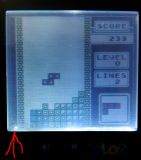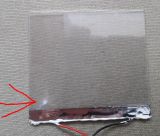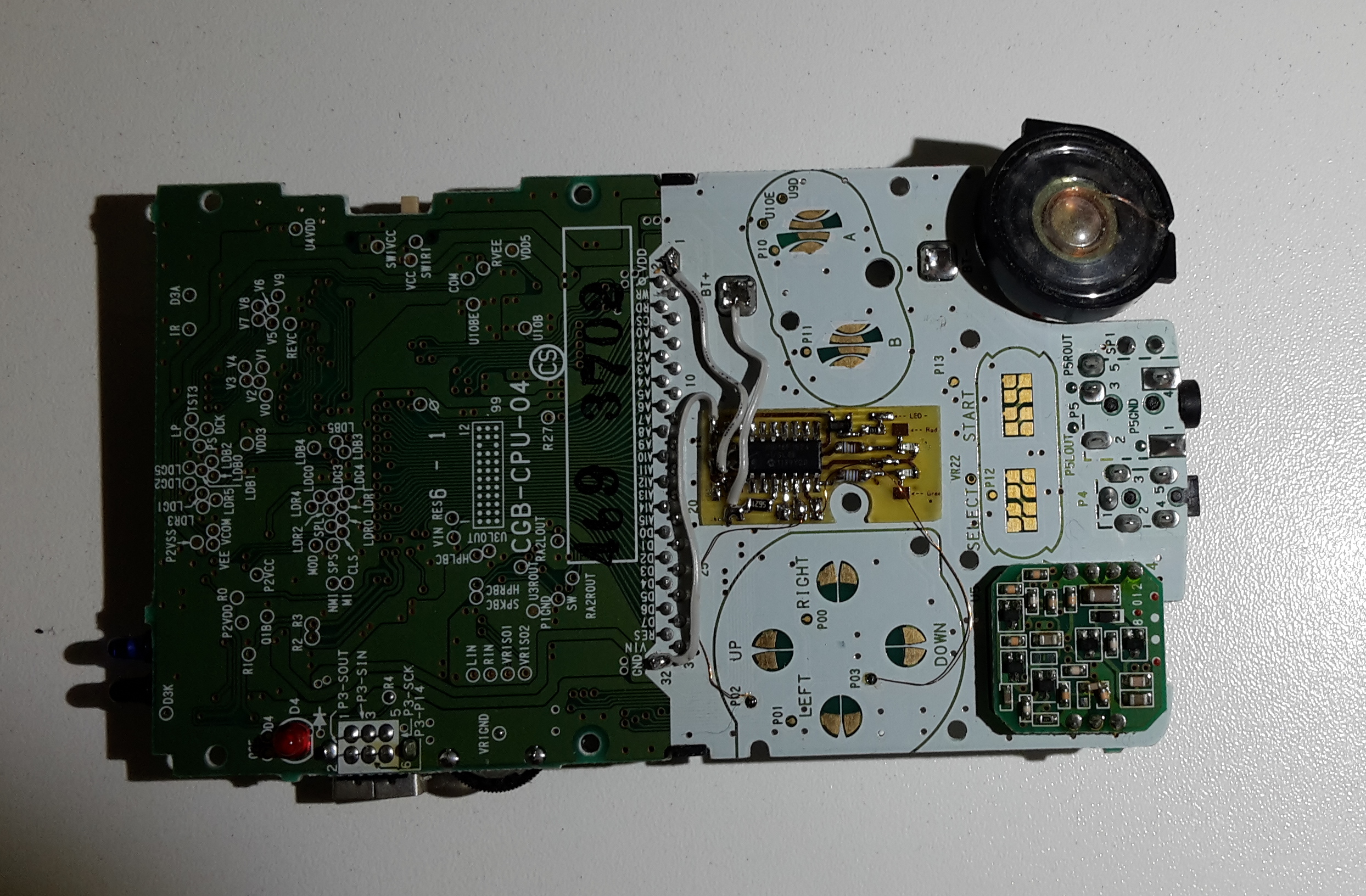Hi,
well, I don't like it to make preannouncement when it comes to projects like this...
However, I'm sometimes kind of a perfectionist^^
That's why I want to collect ideas for the µSD cartridge. Things that MUST BE included and things that can be included optional.
My cartridge will be as cheap as possible but with no compromises related to the functions and the durability(my old DMG is even working these days without problems, it would be a shame, if the cartridge would not work after 25 years  )
)
Basically it's working with a CPLD that emulates a MBC and to allow the Gameboy to communicate with a SD card.
If I'm done with the work on this project, I'll upload everything about it, so everyone can make her/his own cartridge for private use. It will take some time, so don't ask for the time I need to get it done. It's done, when it's done!!! I'm using a stack memory for storing the games. That is needed, because it is not possible, to load one byte from a SD card as fast as the gameboy is sampling it. The stack memory is pretty cheap. It's including 64MBit flash memory and 8MBit SRAM. I'm using this kind of multi package memory, because it saves a lot of space and makes the pcb layout easier.
These are my ideas:
Things that MUST BE included:
-FAT32 compatibility
-games smaller or equal to 4-MBit will be stored in the SRAM to increase the lifetime of the flash (100,000 write cylces ensured by the manufacturer)
-CPLD does EXACTLY acting as the MBC that the stored game has originally built in (MBC1 or MBC2 or MBC3 or MBC5)
-the name (file name) of the game/program you've played/used the last time will be showed at the top of the list of the games stored on the SD card, so you know what's flashed and so you are able to save writing cycles to increase the lifetime of the flash
-detecting corrupted SRAM and warning(if the battery is running out of juice)
-storing the SRAM data to the SD card (not automatically), storing format will be "romname[NR.].sav" (e.g. "romname1.sav...romname5.sav...") for storing more than one savegame for one game
-loading a specific savegame into the SRAM ("romname2.sav")
-virtual RTC for MBC3 games, it can be configured in the startup menu (if enough space available, I'll built in a real RTC)
Optional things:
-other menu languages than english(I would then implent german and if someone wants to translate the menu, it may be possible to implent other languages)
That's everything for the moment. If I forgot something important, than post it in this thread. No private messages, please.


